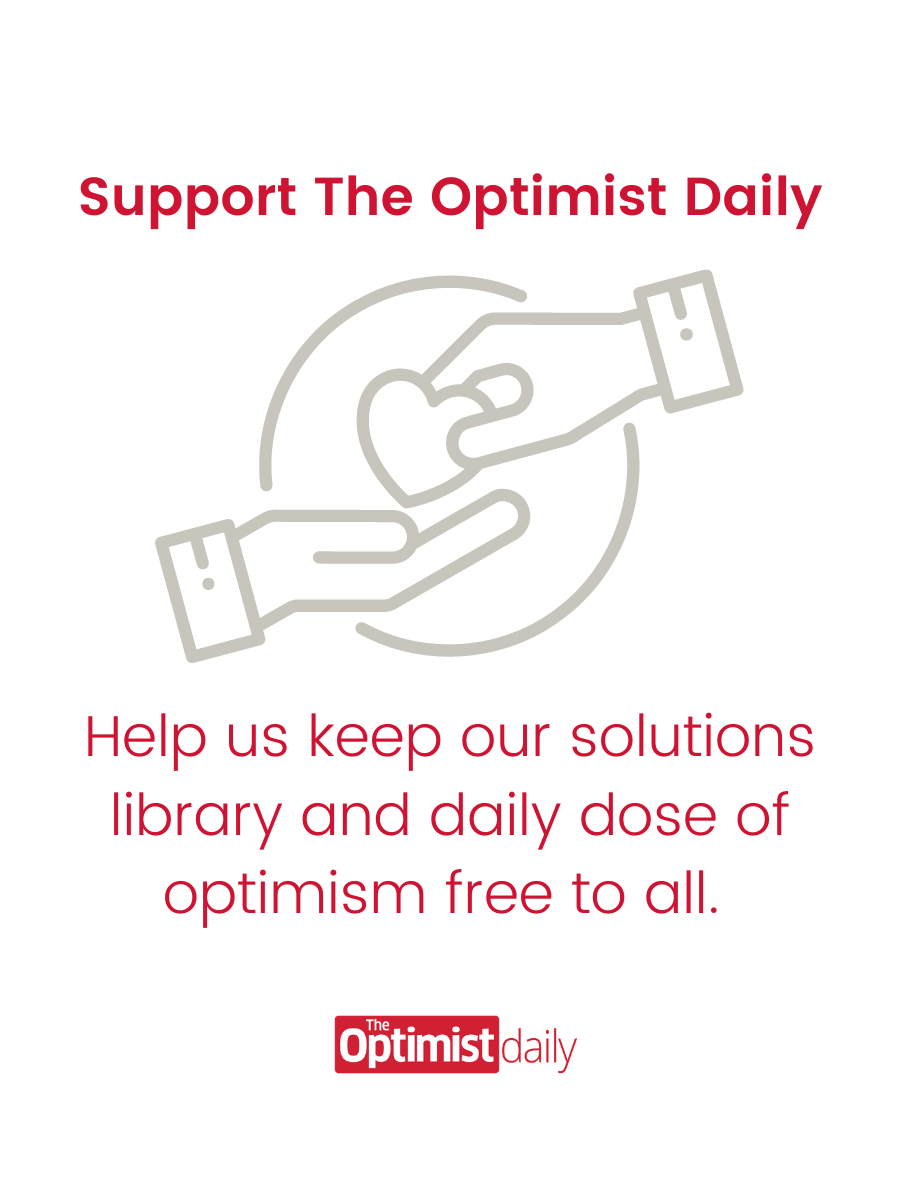One of the biggest challenges in providing relief to people living in poverty is locating them. The availability of accurate and reliable information on the location of impoverished zones is surprisingly lacking for much of the world. Stanford researchers have found a way to use satellite technology to accurately identify poverty in areas previously void of valuable survey information. The solution involves a sophisticated combination of “nightlight” data—areas that are brighter at night are usually more developed—and daytime data like visible roads, urban areas and farmland. The researchers found that this method did a surprisingly good job predicting the distribution of poverty, outperforming existing approaches.

Locating and fighting poverty with satellite data
More of Today's Solutions
Gamers revolutionize biomedical research via DNA analysis
In a remarkable study published in Nature Biotechnology, researchers discovered gaming's transformative potential in biomedical research. Borderlands Science, an interactive mini-game included in Borderlands ...
Read MoreThe ancient origins of your 600,000 year old cuppa joe
Did you realize that the beans that comprise your morning cup of coffee date back 600,000 years? Scientists have discovered the ancient origins of Coffea arabica, ...
Read MoreWorld record broken for coldest temperature ever recorded
With our current knowledge of how temperature works there is no upper limit, this means materials can keep getting hotter and hotter to no ...
Read MoreA youth-led environmental victory creates a paradigm shift in Montana’s...
A group of youth environmental activists scored a landmark legal victory in Montana, marking a critical step forward in the ongoing battle against climate ...
Read More










